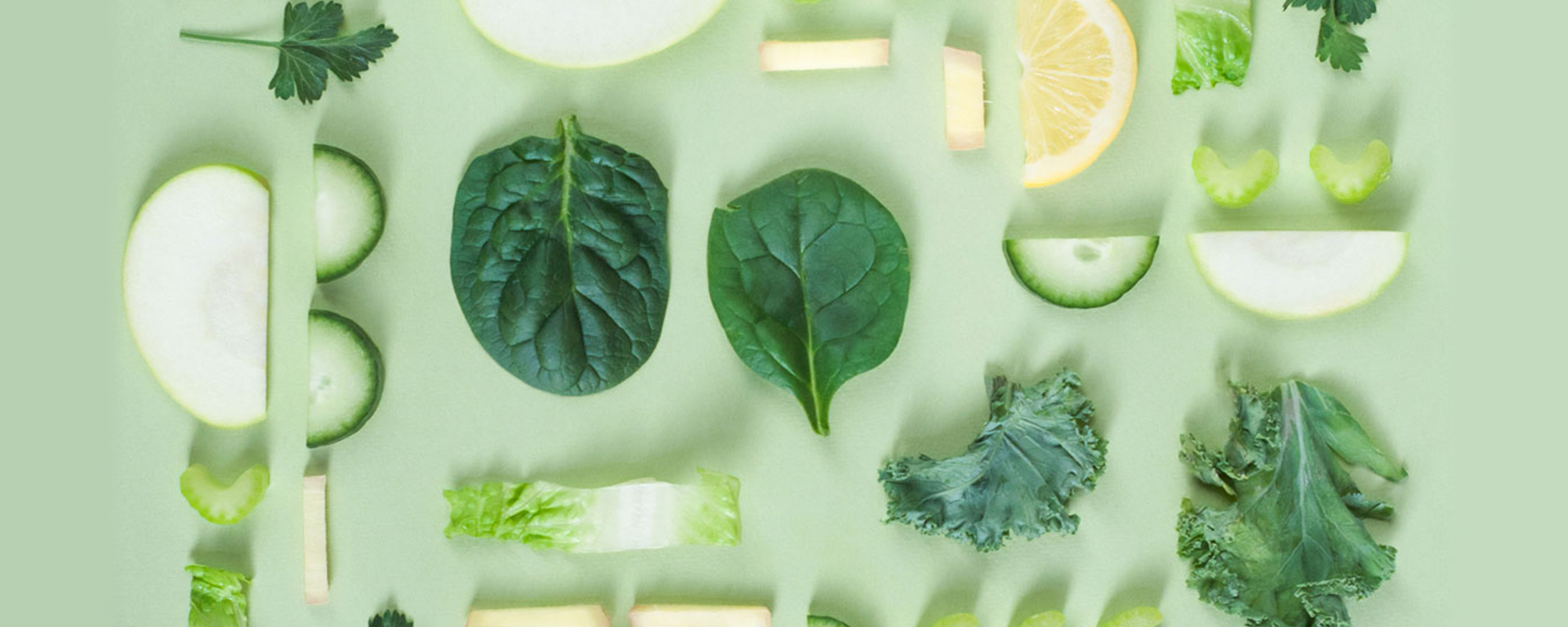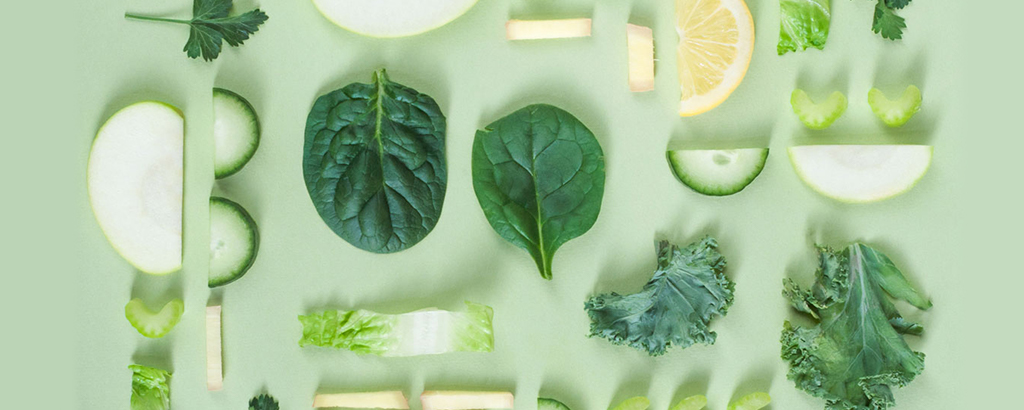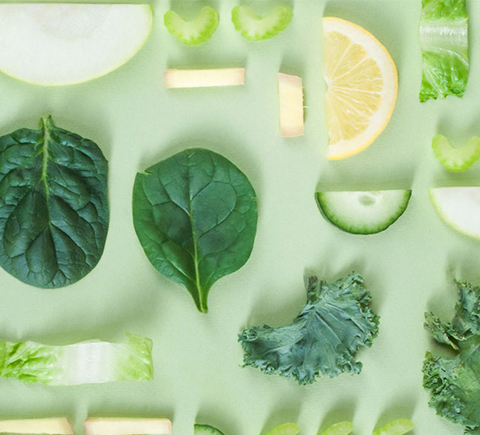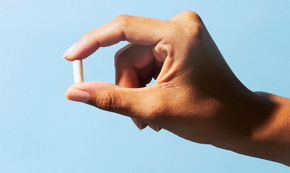Why Some Of Our Best Habits Are Actually “Bad” for Us
For many of us, the quest for better health can feel overwhelming. It seems like almost every day we discover something new that’s bad for us. Even the most self-disciplined among us switch from one diet to the next, hoping to find the perfect combination of products, plans, and routines that will help us become healthier than ever before. Some of the most enduring health tips, however, aren’t rooted in perfection at all. They stem from knowledge of the body’s natural repair processes and finding ways to trick it into self-preservation.
It should not come as a surprise, then, that some of our best habits are actually bad for us. And that in small doses, we can harness the body’s natural coping mechanisms and use them to our advantage. Here are just a few examples of how that works and why.
Exercise stresses out your mitochondria.
There’s a deeper scientific truth to the workout cry of “no pain, no gain.” By exercising, we push our bodies to work harder than usual and that means our cells are working harder, too. Strenuous exercise kicks our mitochondria into high gear which leads to more free radicals, a major source of oxidative stress.
Free radicals, however, are a natural byproduct of generating energy. Our mitochondria will make them whether or not we’re exercising. If all of these free radicals are left unattended, they can lead to damage in the fats, proteins, and DNA that make up our cells. Damage also happens as our muscles repeatedly contract and relax. There’s a reason why the tiny tears we put in our muscles during anaerobic workouts are called “microtraumas.”
But thankfully our cells are used to this and have plenty of natural processes for undoing and recovering from that damage. Antioxidants in our cells help mop up free radicals. Stem cells in our muscles, called satellite cells, can help muscle tissue regenerate and recover from microtraumas.
In manageable doses, stress helps our cells and bodies by activating repair processes and adaptive responses. Short-term exercise stress can stimulate the growth of mitochondria, cells, and muscle tissue. And even though physical activity is associated with acute inflammation, it may be linked to lower overall, long-term systemic inflammation.
Caloric restriction forces the body to get resourceful.
While scientists are still a little fuzzy on all the details, a study published in Ageing Research Reviews suggests that caloric restriction may help cells by stressing them out. Our cells require food for energy. Much like exercise creates short-term stress to trigger helpful adaptive responses, caloric restriction activates pathways that help cells react and adapt to a lack of nutrients.
Our cells do this in a few ways. They can activate the ultimate up-cycle process known as autophagy, which is literally defined as “self-eating.” In the journal, Autophagy, the process is described as a way for cells to rid themselves of old, damaged, or unnecessary parts to boost their overall efficiency, health, and strength.
Another way is through a specific form of autophagy called “mitophagy.” According to the Febs Journal, this process selectively recycles old or ailing mitochondria to make energy production in the cell more efficient. In moderation, both caloric restriction and intermittent fasting can help trigger these natural stress response systems. This same response system is also one of the reasons why people are interested in increasing levels of the molecule NAD+ (nicotinamide adenine dinucleotide).
Increasing NAD+ activates cellular stress pathways to repair cells.
Increasing levels of NAD+ (nicotinamide adenine dinucleotide) can trigger the same kinds of cellular stress responses that caloric restriction does. NAD+ is an essential energy-supporting molecule found in every living cell. It’s responsible for kickstarting all kinds of vital biological processes within the body on a daily basis.
A growing number of preclinical studies in cells and organisms like worms and mice show that increasing NAD+ with nicotinamide riboside turns on beneficial cellular processes. These processes deal with oxidative stress and repair mitochondria.
Some of them are preventative, activating enzymes that help clean up free radicals before they wreak havoc. Others help reverse damage that’s already happened.
For example, a study in the Journal of Experimental Biology, nicotinamide riboside was shown to help clear out and fix mitochondrial proteins damaged by oxidative stress.
It may sound technical, but the basic principle here remains the same: tricking our bodies into self-protection, in moderation, can trigger many healthful responses. Another one of the unexpected ways we do this can also be through diet.
Nutrient-rich fruits and vegetables irritate our biological systems.
Many of the most popular, colorful health foods like blueberries, carrots, and beets are effective because they’re natural pesticides. They contain phytochemicals, which are plant toxins that evolved to keep bugs and other pests away.
Fortunately, we are way bigger than the insect targets of these toxins. The amounts we consume in these plants are typically far too low to do any real harm. But a study published in NeuroMolecular Medicine suggests that at low doses—like the amount you might get from your favorite seasonal salad—these toxins are thought to cause just enough cellular stress to activate beneficial responses.
Scientists are still figuring out all the different ways phytochemicals interact with our cells, but some kinds of phytochemicals are thought to stimulate natural antioxidant systems. When cells detect the presence of these toxins, they send signals to turn on the production of antioxidant enzymes such as glutathione. These enzymes then go to work on detoxifying the cell.
While the antioxidant phytochemicals we consume in “superfoods” like blueberries and acai berries act as antioxidants in a test tube, they don’t necessarily behave the same way in our bodies. A study published in Free Radical Biology and Medicine proposes that these specific phytochemicals are beneficial not because they are antioxidants, but rather because they cause just enough stress to turn on our cells’ own antioxidant mechanisms.
One glass of red wine every night stresses out your cells.
Speaking of phytochemicals, red wine is traditionally associated with health benefits because of its association with the Mediterranean diet and its own particular blend of phytochemicals. But good news—red wine might not be the only alcohol to offer some benefits in low enough doses.
A study published in Translational Medicine of Aging suggests that light to moderate alcohol consumption may promote heart health, protect against type II diabetes, and likely expand overall lifespan.
Another study published in Nonlinearity in Biology, Toxicology, Medicine showed that consuming one drink of alcohol, specifically red wine, lager, and stout, increased antioxidant activity levels in the blood.
But consuming higher levels the same drinks also increased damaging activity, counteracting the presumably beneficial effect of a single drink. A recent study published in Alcoholism: Clinical and Experimental Research found that daily drinking is associated with increased mortality.
Everything in moderation (Even stress).
Each of these “bad habits” has a sweet spot. Too much exercise can overwhelm the body and cause us to overexert ourselves. Too little exercise and our bodies begin to succumb to the consequences of inactivity. Too much caloric restriction could cause the entire body to shut down, while overeating is linked to a myriad of health problems. Certain activities generate just enough stress to trigger healthful responses without overwhelming our systems. Scientists call this phenomenon “hormesis.”
Dig Deeper Into Hormesis
The idea of hormesis took some time to gain traction in the scientific community, in part because of how counterintuitive it sounds. Would you willingly poison yourself in your quest to be healthier?
A study published in Cell Metabolism put the adage “what doesn’t kill you makes you stronger” directly to the test. They genetically modified a group of mice to have an “on/off” switch for an enzyme directly responsible for cleaning up free radicals. Turning this enzyme off for a brief period of time led to increased accumulation of free radicals and oxidative stress. This brief stress led to some interesting changes over time: compared to a control group, the stressed mice ended up with higher levels of cellular antioxidants, more mitochondria, and fewer free radicals.
Related Posts




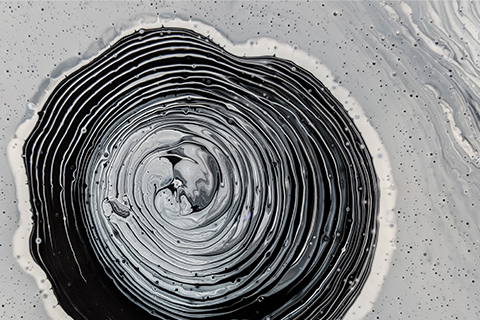
How Does Cellular Repair Work?





Exercise and NAD+ Levels






